Testing as a service
Testing As a Service
In the fast-paced tech world testing is a challenging activity to perform. It’s changed and changing roughly over the years. While there were times when in-house testing teams were the main choice of lots of companies, nowadays best independence is achieved by choosing the TaaS model. TaaS stands for Testing as a Service - an outsourcing model, where testing processes are outsourced by testing service provider instead of software company staff.
Over the past year, TaaS proved a significant advantage over the in-house testing model. And that’s why: companies such as Google or Facebook have tons of resources for spending hundreds of hours on manual testing or performing ”real-customer” testing and weekly monitoring. This is great, but 99% of companies don’t have such opportunities and resources. The biggest advantage of TaaS testing is that a company doesn’t need to organize its testing team, instead, it has access to professional staff outside the company and maybe some cost-cutting due to choosing outsourcing companies from the region where pay scale and taxation are lower.
Let us now sum all the benefits that provides TaaS testing model.
Cost-cutting
Cost-cutting is one of the important aspects when choosing TaaS model: as it was mentioned company doesn’t need to organize its testing team, instead it has access to professional staff outside the company and maybe some cost-cutting due to choosing outsourcing company from the region where pay scale and taxation are lower. Besides, you don’t need to spend additional resources for keeping servers, testing hardware and software licenses.
Some companies claim 40-60% savings when choosing TaaS model over the traditional testing model. Besides ROI (return of investment) rate is much higher (You save 40-50%) for TaaS model, as in this case there is a reduction of investment made after hardware procurement, management, and maintenance, software licensing, etc.
In TaaS model test environment is centralized, functioning with a standard set of processes and proper tools, which leads to ensure efficiency and quality. The standardized testing method can yield up to 20% cost decrease!
Business benefitsIn the fast-paced tech world business is strongly affected by technologies. It becomes vital to choose the proper tools and technologies not only when building your product, but also when testing it. Consequently, by choosing an outsourcing testing company, you get access to the latest technologies and advanced tools, which ensures your product’s quality, instead of buying such tools, maintaining them and training your staff. So, choosing TaaS model assures you in terms of business.
ScalabilityTaaS model helps QA engineers to scale tested apps and expand boundary capacities for thousands of users to meet Agile demands.
FlexibilityTaaS model also pushes flexibility into a higher level by reducing the usage of unused tools and infrastructure. Moreover, companies reduce costs on testing, while choosing on-demand and unit-based testing for a particular unit, instead of spending tons of resources on testing a whole stack.
Efficiency
TaaS model allows QA engineers to focus their efforts on the most important processes while setting and synchronizing tools, processes, and people. Moreover, with a standardized system, there are fewer errors connected with the wrong configuration.
It would be unfair not to speak regarding some drawbacks of TaaS model, as everything in this world has pros and cons, right? First of all, outsourcing testing means sharing with outsourcing agency the Intellectual Property (IP) of the organization. Another drawback is the cultural limitations connected with different cultures, mentality, time zones or language barriers. This can become an issue, if not chosen correctly. The solution is to choose the outsourcing company carefully, taking into account all the above-mentioned points. Cultural limitations can cause another issue, connected with control. While outsourcing testing processes, the company doesn’t have physical control over the testing progress. Sure, you get reports concerning testing status, however in some cases having a testing team and developers work under the same roof can be a better option rather than separating team. This can also reduce the responsibility of the development team over their work, while they cast their lot of carefulness and responsibility on an independent testing team somewhere working separately. Sure these are issues, however, all of these drawbacks can be reduced or even removed by proper organizational and testing management tools.
Let us now discuss the list of services that can be provided by TaaS model. Automated regression testing, functional testing, security testing, functional and performance testing, EPR (enterprise resource planning) testing and monitoring/testing of cloud apps can be done by TaaS model.
Here functional testing includes GUI, integration, regression and acceptance testing. It is behavioral testing and is supported by TaaS model. Security testing in TaaS model stands for executing vulnerability scans on testable software. Load and stress testing as a part of performance testing is performed for checking the load and stress rates as well as the performance of the system in general. TaaS allows creating a real-world model with virtual users, who performs the load and stress testing on the system under test.
As companies, in general, want to reduce costs spent on testing, without sacrificing the quality of the product, TaaS is the best choice to achieve maximum testing with a low spending rate. This model covers the quality issues from functional, performance and security aspects, allowing to get rid of procuring additional test environment, hardware, software licenses, etc. TaaS also allows reducing costs spent on hardware and test environment maintenance.
